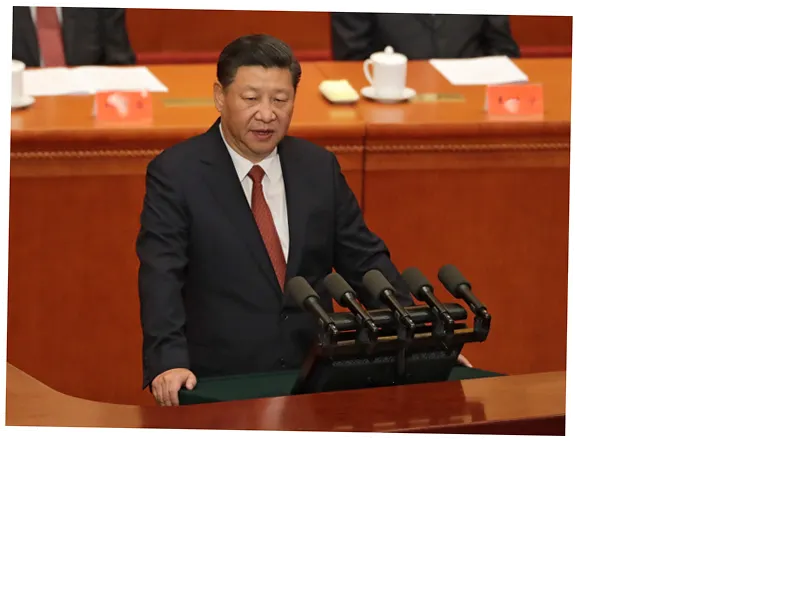China's Youth Unemployment Crisis: A Growing Concern
China's youth unemployment rate has surged to 17.1% as of July, marking the highest level this year. This alarming statistic is a reflection of the country's ongoing economic struggles, which include a debt-laden real estate sector, trade tensions with the West, and an oversaturated job market. In June, the unemployment rate for young people aged 16 to 24 was recorded at 13.2%, indicating a significant increase in competition for jobs, especially with nearly 12 million students graduating from universities in June alone.
Chinese Prime Minister Li Qingyang emphasized the need for the government to listen to struggling companies and address their challenges effectively. Despite government efforts to stimulate growth, recent economic indicators have been disappointing. Industrial production growth fell to 5.1% in July, down from 5.3% in June, while major cities witnessed a decline in property prices, signaling a slowdown in demand. Furthermore, the demand for bank loans has decreased for the first time in nearly 20 years, raising concerns about the overall economic landscape.
The Broader Economic Implications
While the youth unemployment rate is alarming, it is important to note that the overall unemployment rate for the working population stood at 5.2% in July. However, this figure does not capture the full picture, as it only accounts for urban areas and excludes millions of vulnerable migrant workers in rural regions. The challenges facing China's economy are compounded by sluggish household confidence and geopolitical tensions, particularly with the European Union and the United States, which have implemented trade barriers against Chinese products.
As President Xi Jinping has identified combating youth unemployment as a top priority, it remains to be seen how the government will address these pressing issues and restore confidence among businesses and consumers in the world's second-largest economy.
- The youth unemployment rate in China has been a growing concern for several months, with figures released by the National Bureau of Statistics indicating a troubling trend. The previous peak of **21.3%** last year prompted authorities to revise their methodology for calculating unemployment, now excluding students from the statistics. This change has raised questions about the transparency of the data and the actual scale of youth unemployment. The economic landscape in China is further complicated by a crisis in the real estate sector, where many developers are struggling with debt. This has led to a ripple effect on consumer confidence and spending, which are critical for economic recovery. Additionally, the geopolitical climate, particularly the trade relations with major Western economies, poses further challenges to China's economic stability.






